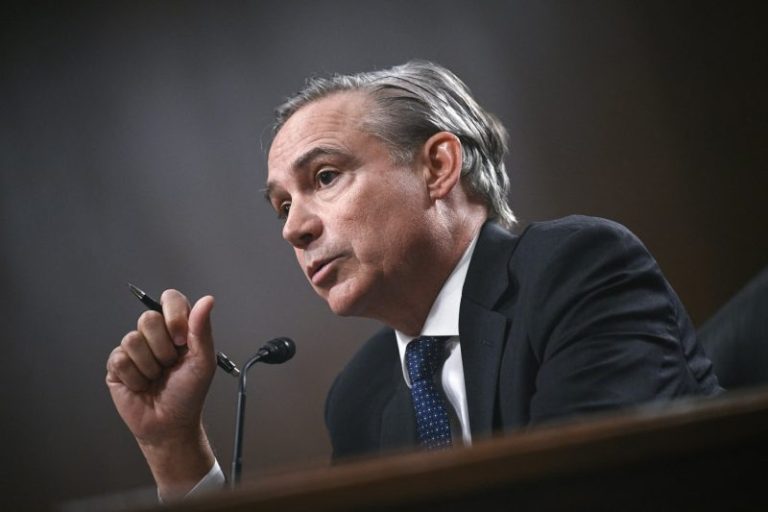Spanish University, the University of the Hespérides, has launched the first Spanish master’s degree in Bitcoin entirely. From April 28, 2025, this completely online course aims to equip professionals with a comprehensive knowledge base for Bitcoin industry management. The course encompasses the technical, economic, legal, and philosophical facets of the cryptocurrency.
Major Bitcoin news from Spanish University
The master’s degree in Bitcoin provides a solid educational platform on which to examine Bitcoin from a variety of viewpoints, rather than looking at it as a purely speculative asset. According to program director Álvaro D. María, author of “The Philosophy of Bitcoin,” the curriculum aims to close the education gap and “train professionals who can engage with Bitcoin responsibly and knowledgeably.”
Students will be taught the philosophy, history, economics, technology, regulation, and business development of Bitcoin through a blend of theoretical learning and practical concepts. The course curriculum consists of masterclasses, case studies, and seminars by experts who operate in the Bitcoin sector.
The Spanish university has Bitcoin specialists. They include Kristyna Mazankova of The Bitcoin Conference, Manuel Polavieja who is an expert in monetary theory, Kilian Rausch of Boltz Exchange, Manu Ferrari of Money on Chain, and Sergio Fernández of NegociosTV.
The program analyzes several important questions. They are what make Bitcoin different from other virtual currencies, the economic and technical principles that determine how it works, how legislatures shape its use, and the most in-demand skills in organizations that deal with Bitcoin. This is an important Bitcoin news as the program is particularly ideal for entrepreneurs, engineers, economists, lawyers, and investors looking to build expertise in this area.
Several collaborators back the university’s program
The master’s degree has a lot of backing from strong partnerships with major players in the world of Bitcoin. Some of the major partners are BTC Inc, Jan3, BTC Consulting 360, ‘Watch Out, Bitcoin,’ NegociosTV, and the Institute of Philosophy and Economics of Bitcoin (IFEB). Additionally, these partnerships help to keep the courses current with what the industry demands and give students a possible path to employment.
Juan Ramón Rallo, Dean of the Undergraduate School and a specialist in Austrian economic theory and Bitcoin, emphasized the program’s philosophical underpinnings: “Bitcoin is the most important monetary revolution in decades—and it will shape our future. We must be ready to use it to defend our freedoms against the State.”
Accessibility seems to be greatly prioritized in the way the program is organized. According to the announcement, the master’s degree is entirely in Spanish and online. It is for international students and working professionals who want higher education without having to leave what they are doing.
In addition, this setup enables people from Spanish-speaking countries around the world to access specialized education on Bitcoin. The latest Bitcoin news program announcement comes at a time when the Bitcoin price has slightly retraced to the $92,000 level today.
Even though Bitcoin pumped yesterday, analysts predicted a BTC price dip recently.
The post Want a Crypto Career? Spanish University Now Offers Master’s Degree in Bitcoin appeared first on CoinGape.







